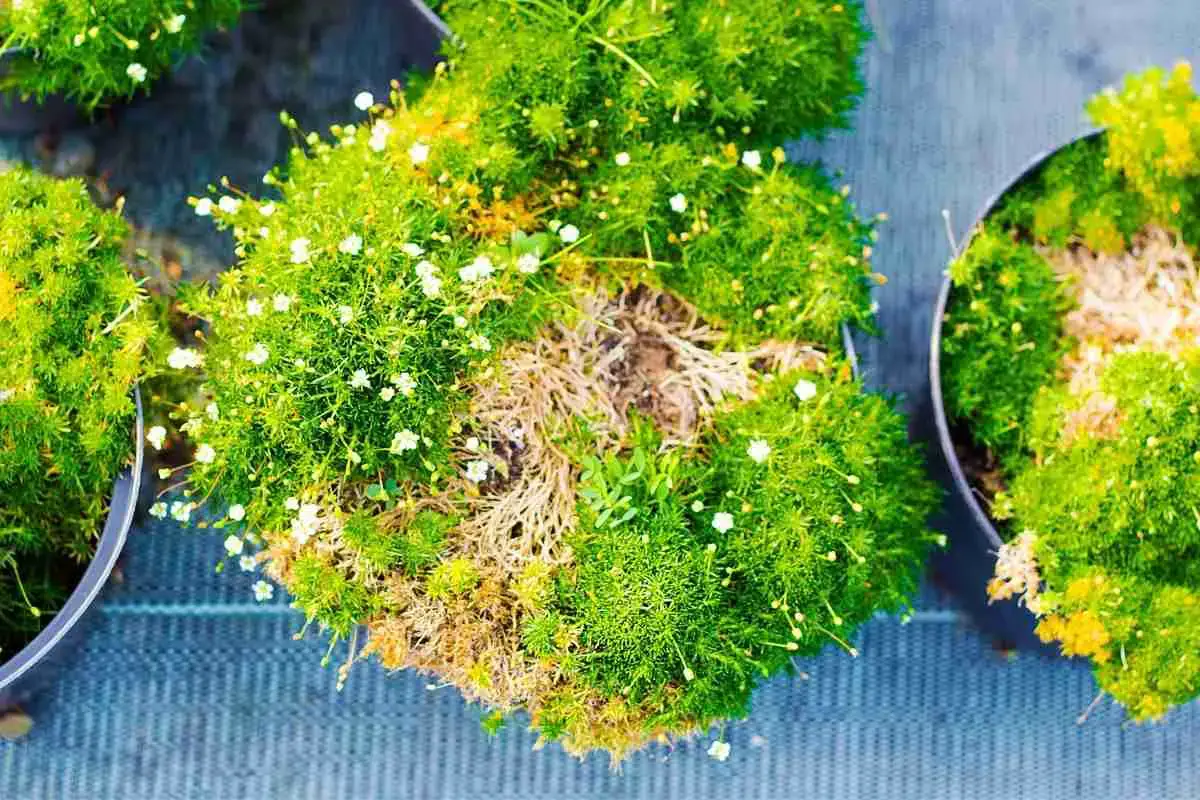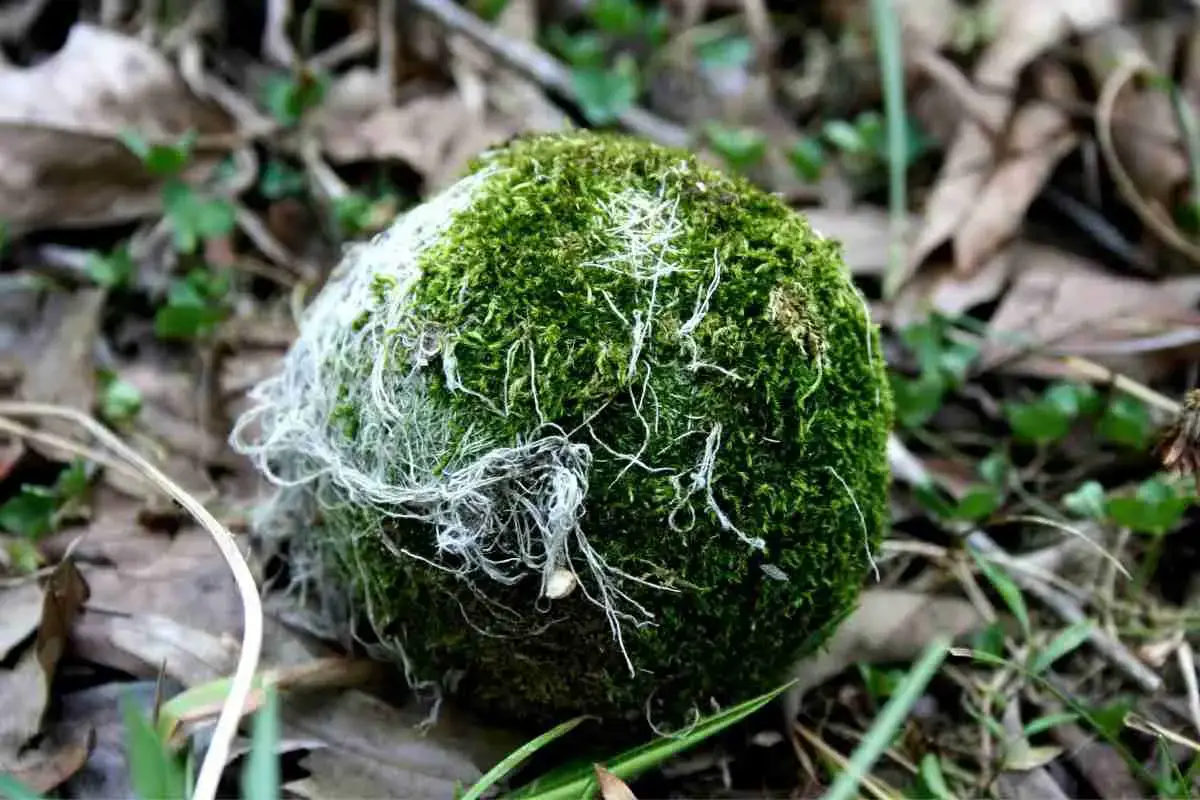
Are Moss Balls Alive? Everything You Need To Know!
Read more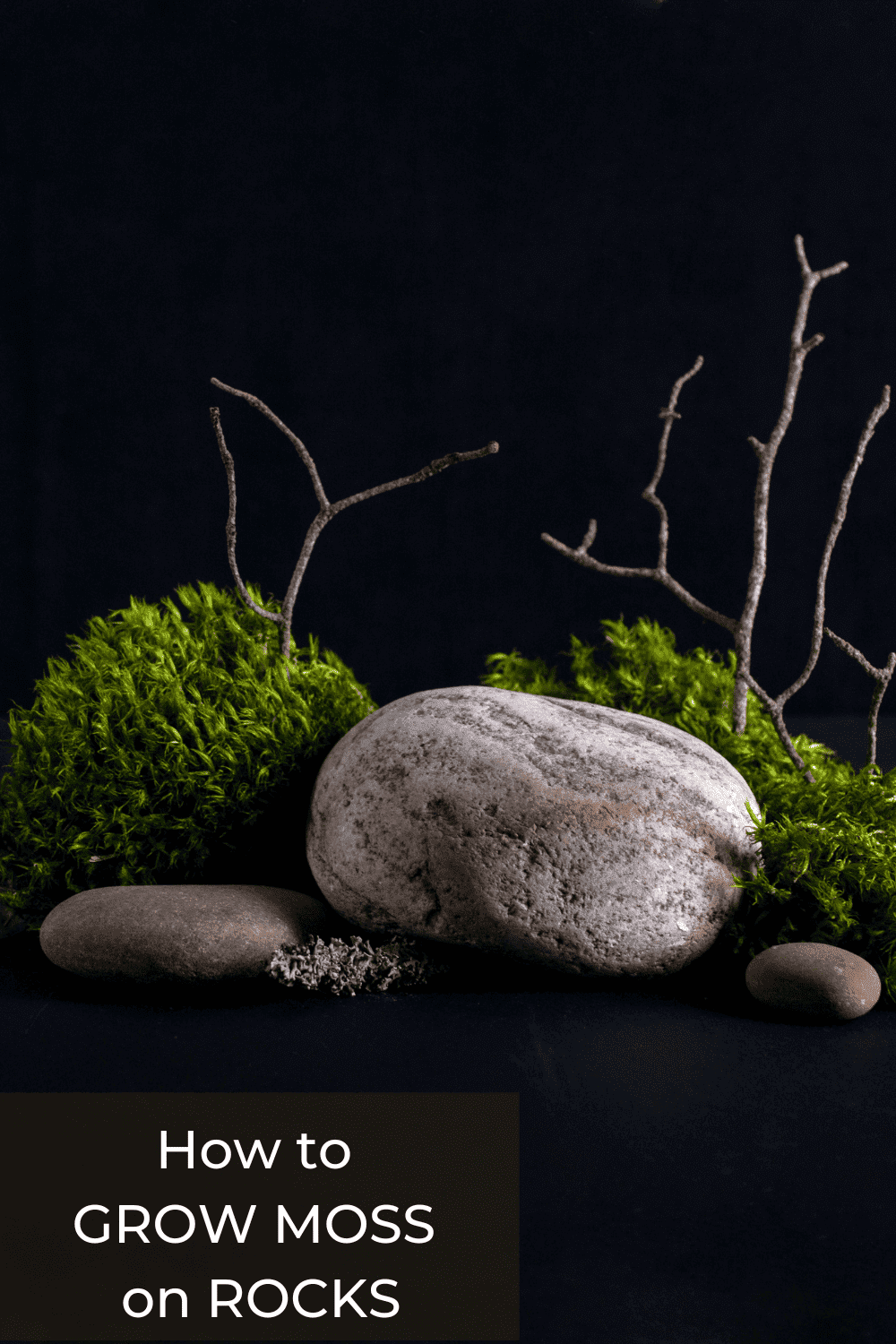
How to Grow Moss on Rocks and Impress Your Friends (or Enemies)
Read more
Is Moss Really Poisonous? The Toxic Myth Uncovered: Safe to Touch or Dangerous?
Read more
What to do if your Christmas moss turns brown or yellow? Find out how to bring your moss back to life
Read more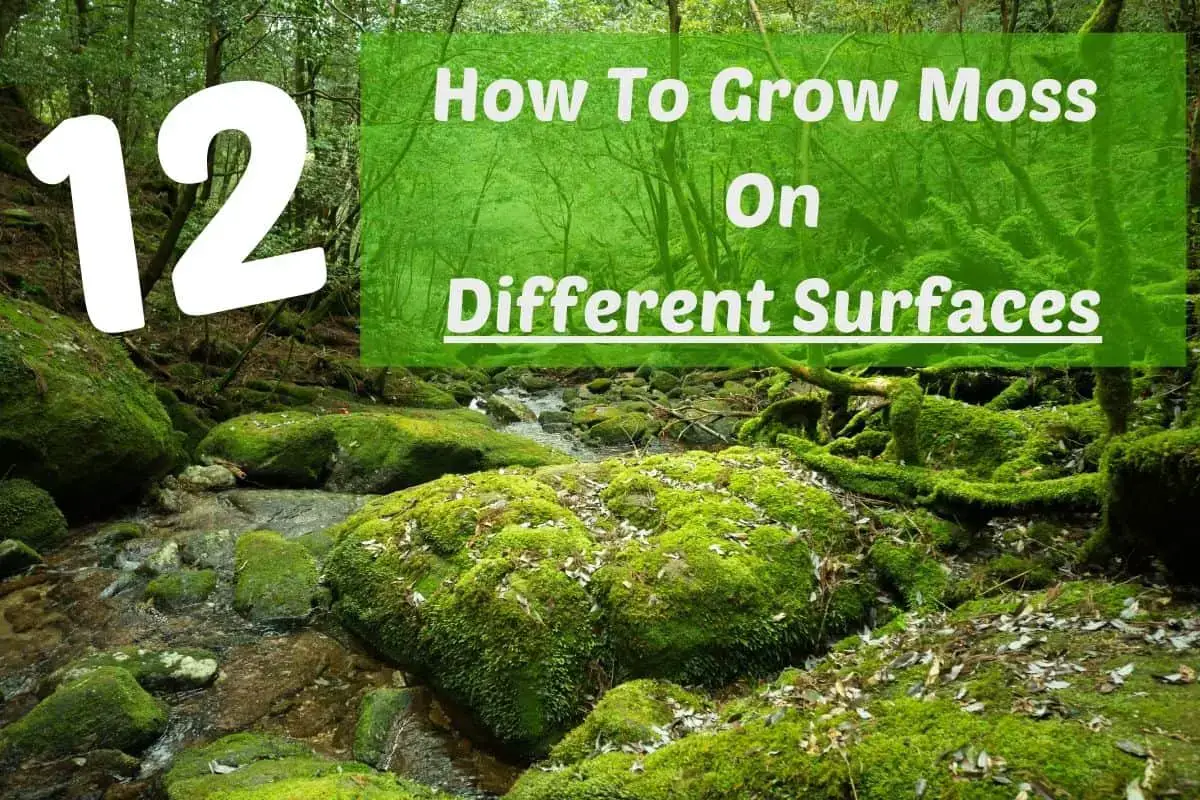
How To Grow Moss On 12 Different Surfaces Step By Step
Read more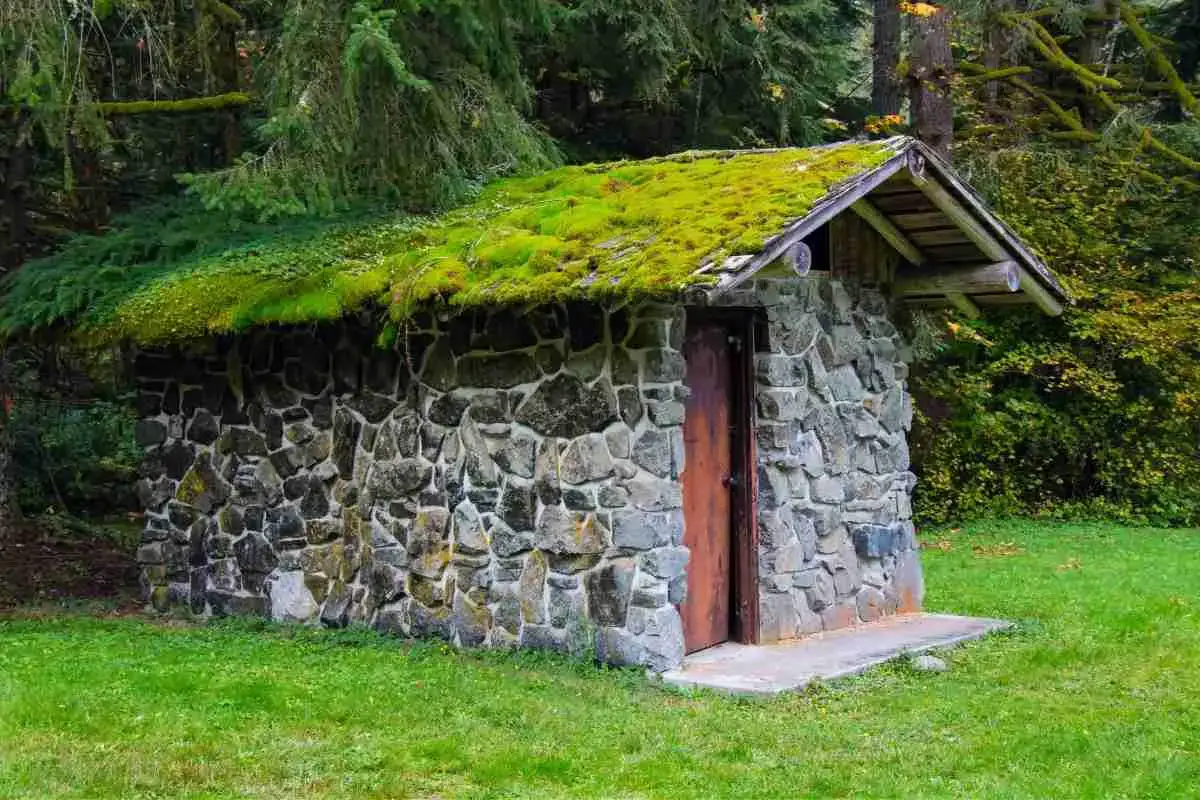
Does Moss (Have And Use) Roots To Grow?
Read more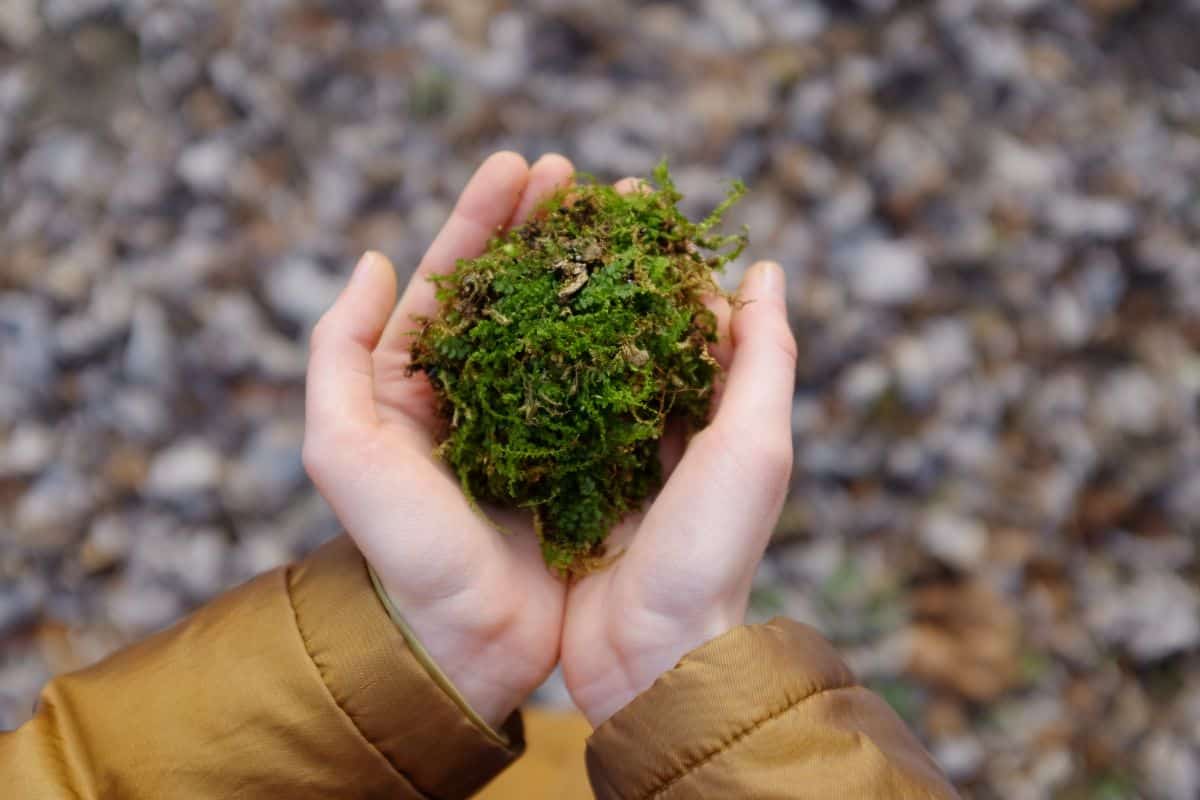
How Long Does Sphagnum Moss Last?
Read more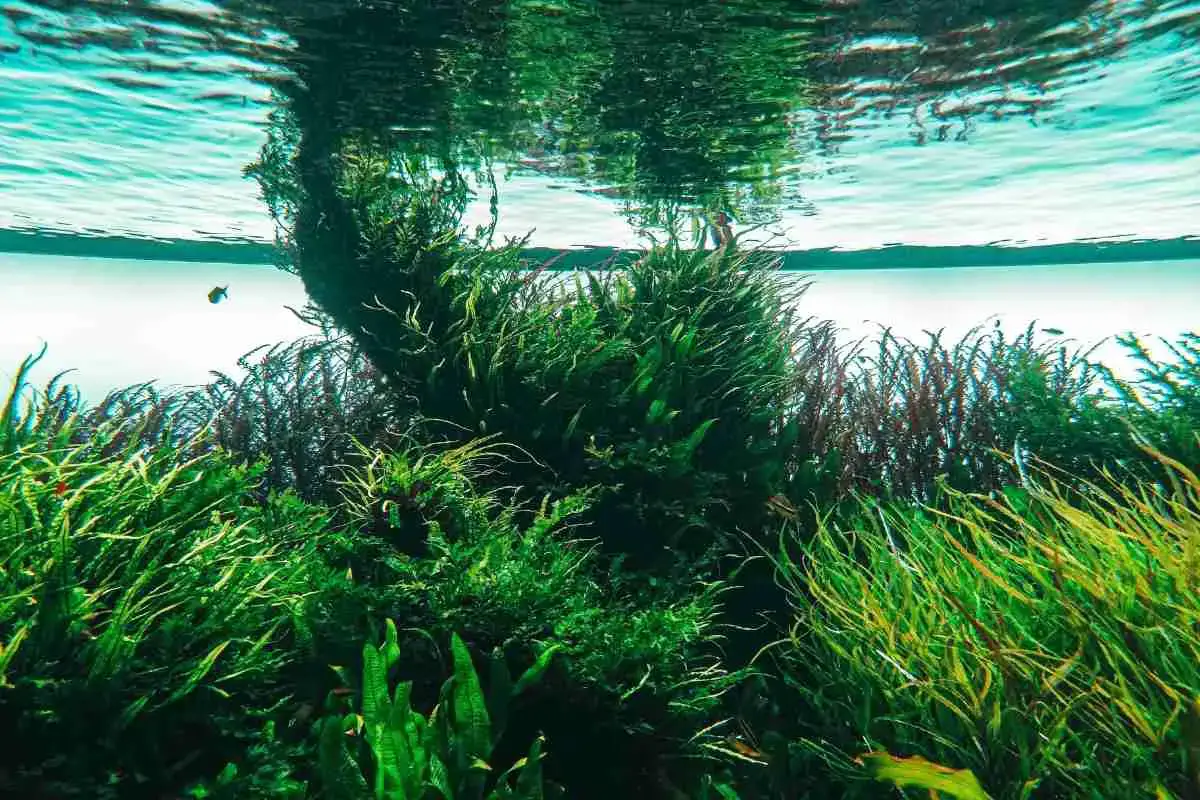
Is Algae A Decomposer? The Surprising Truth!
Read more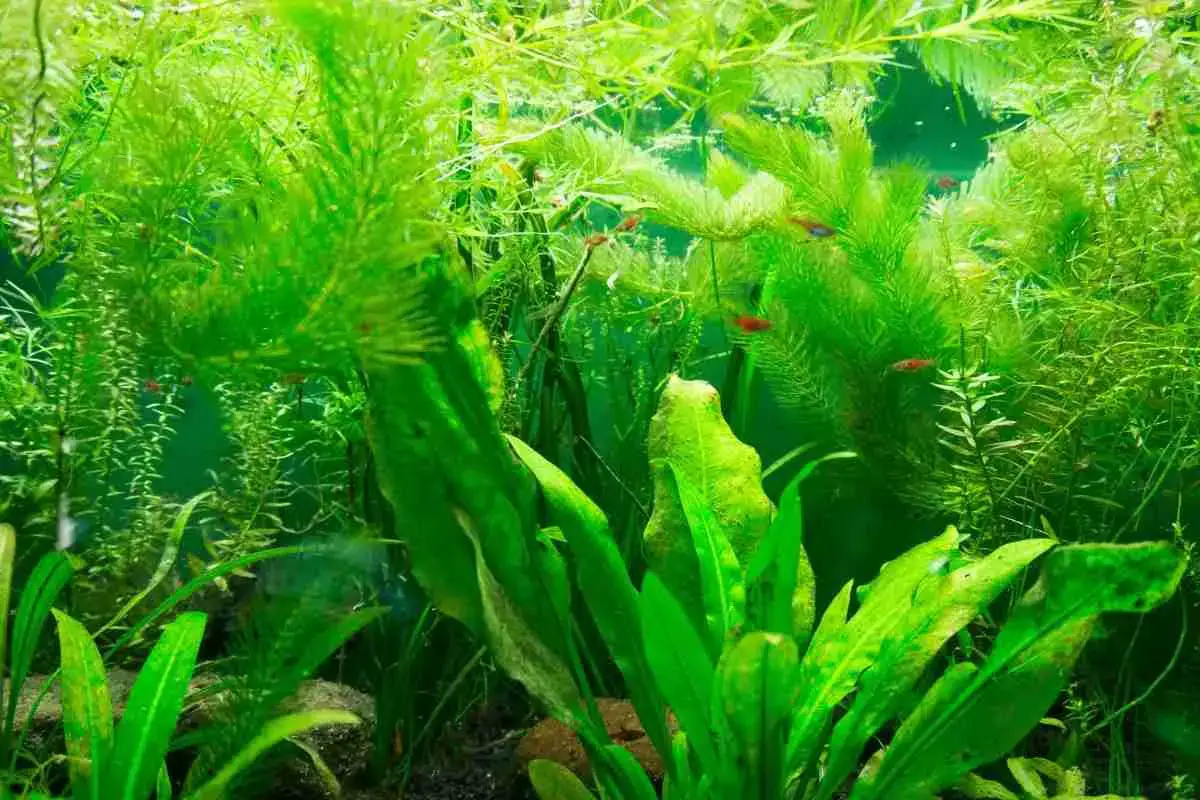
5 Simple Methods To Promote Algae Growth!
Read more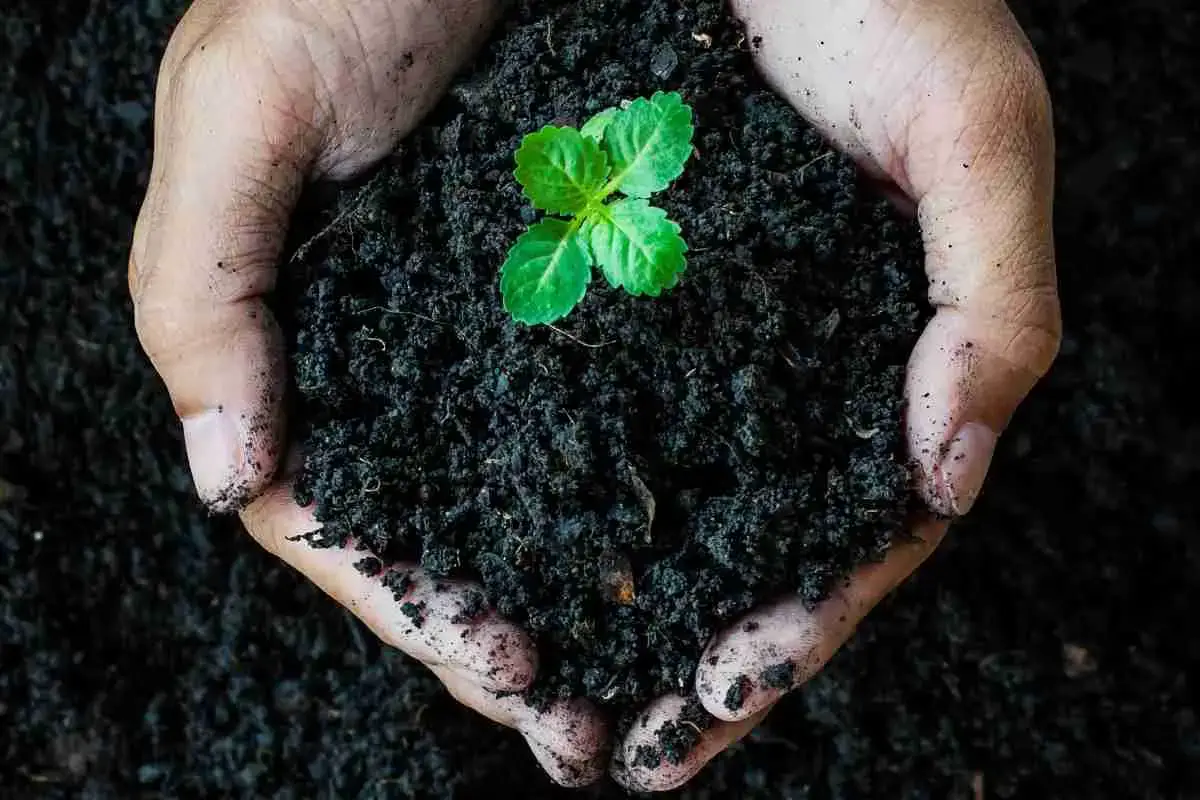
Does Moss Need Soil? Detailed Guide
Read more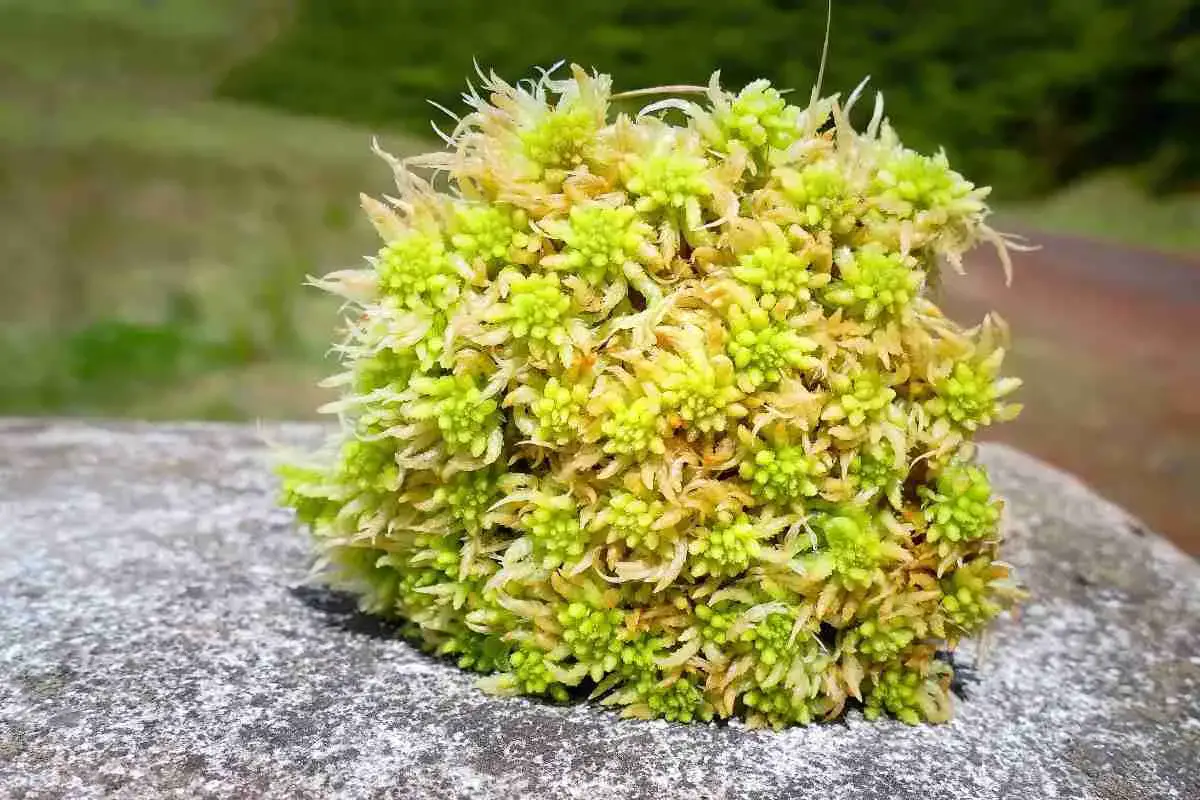
Does Sphagnum Moss Turn Green? Live Or Dried
Read more